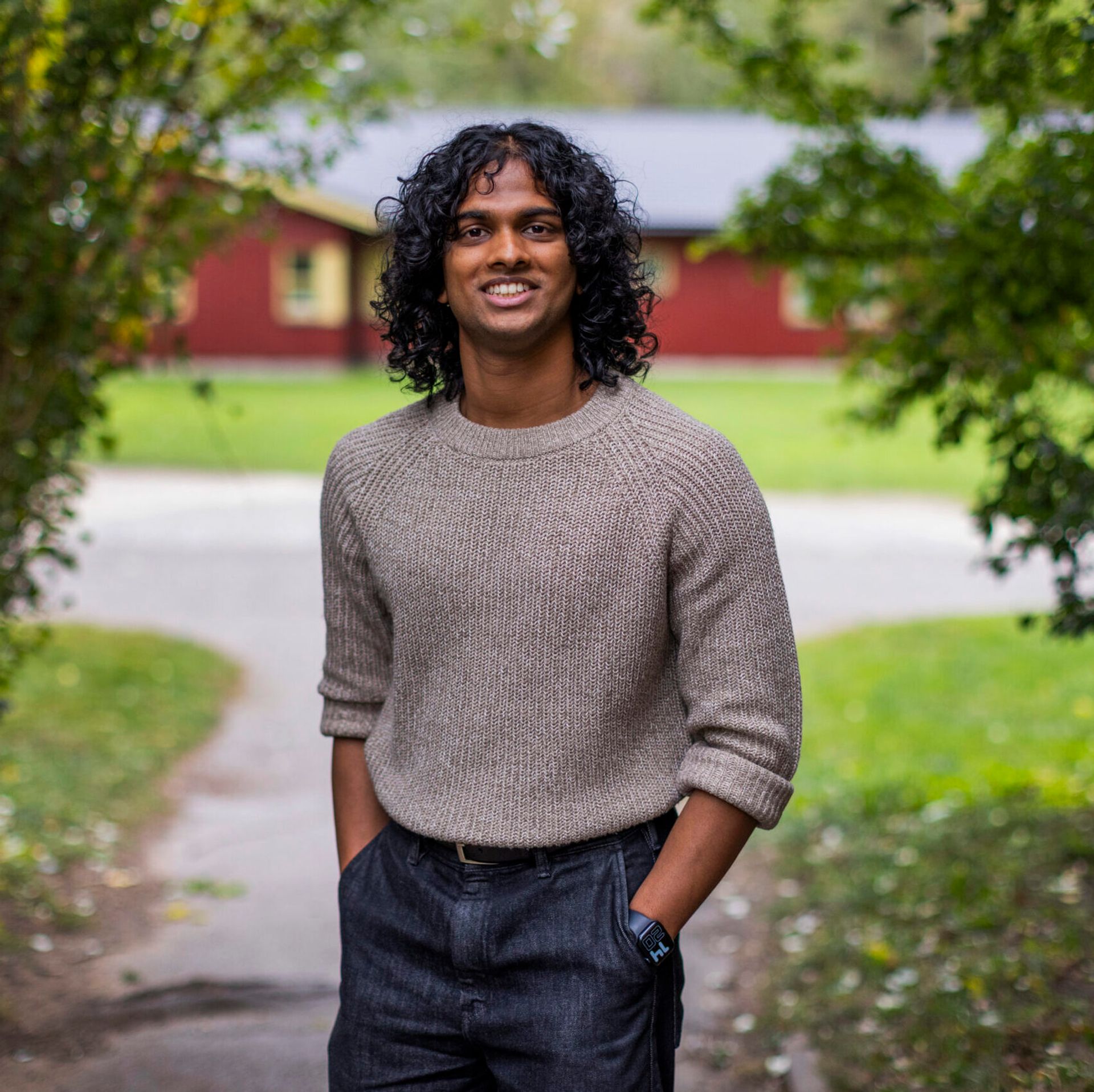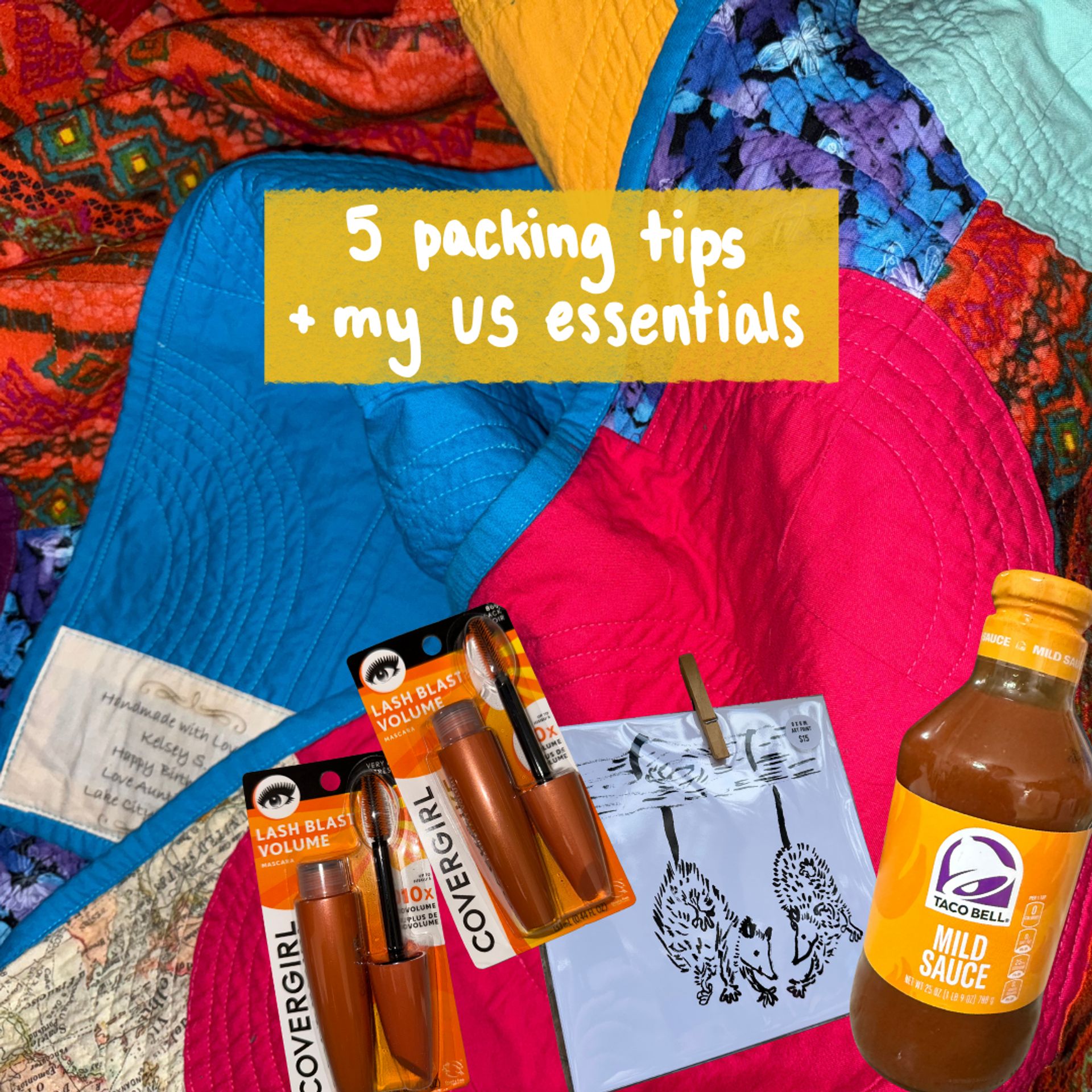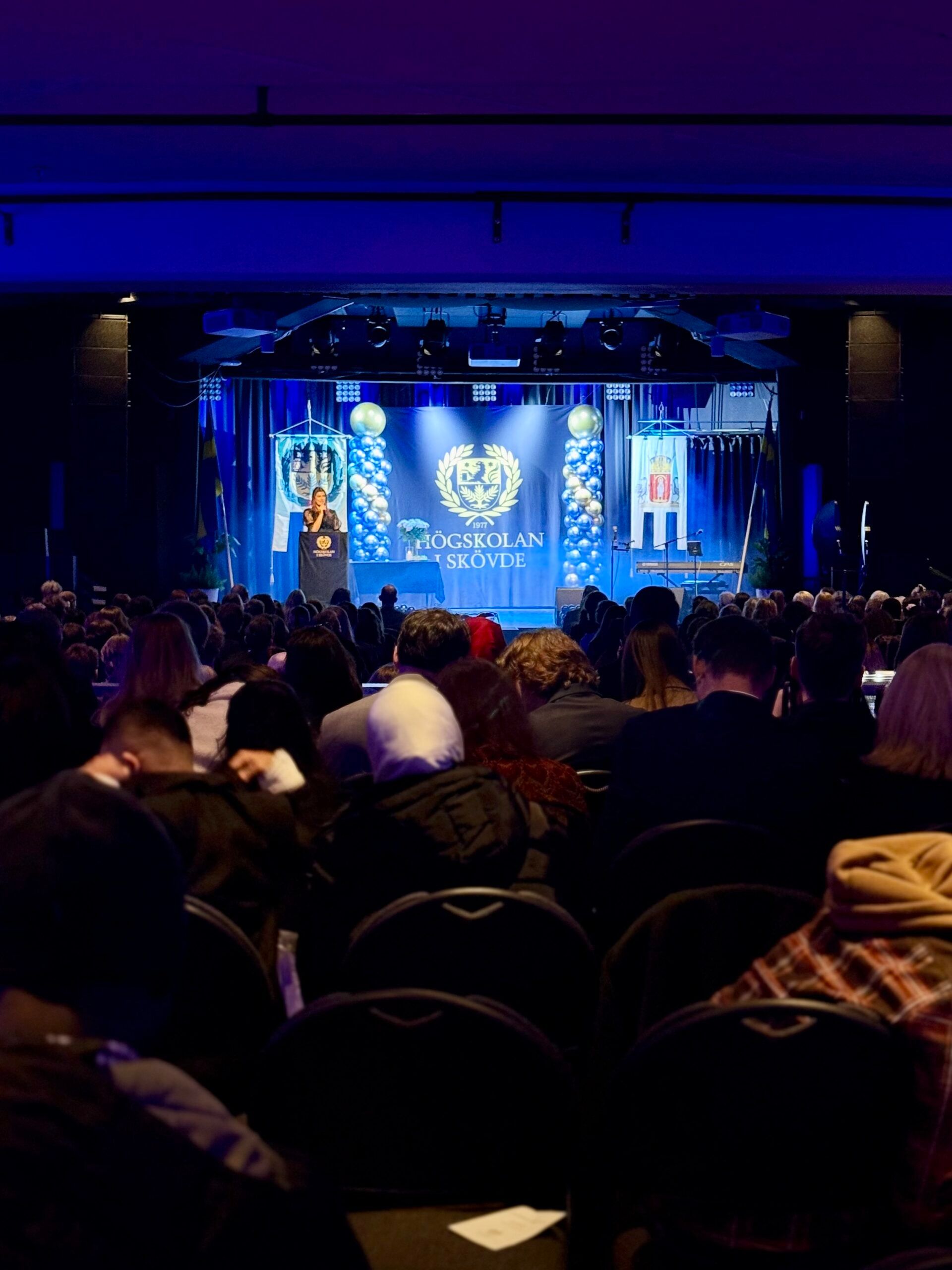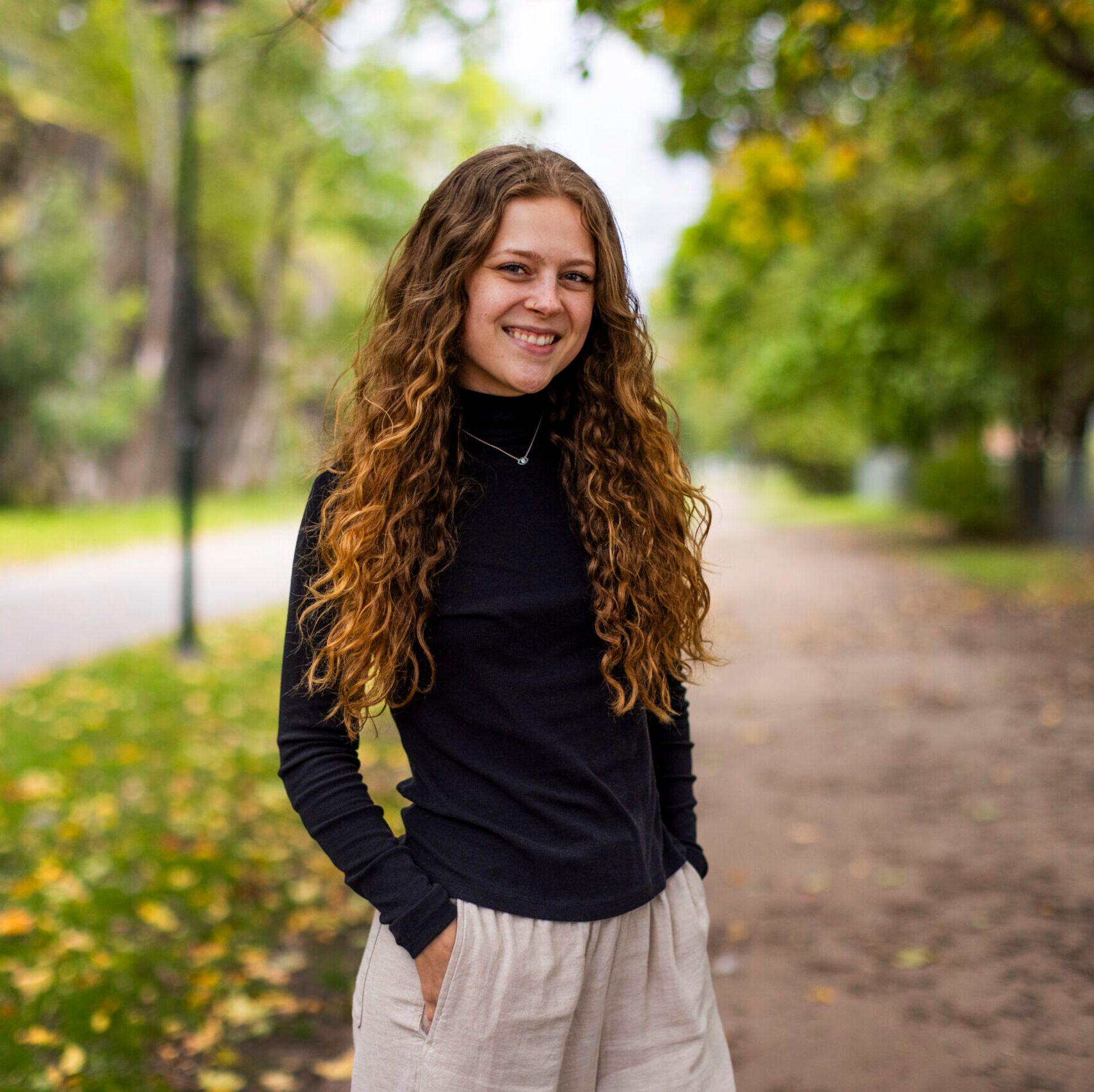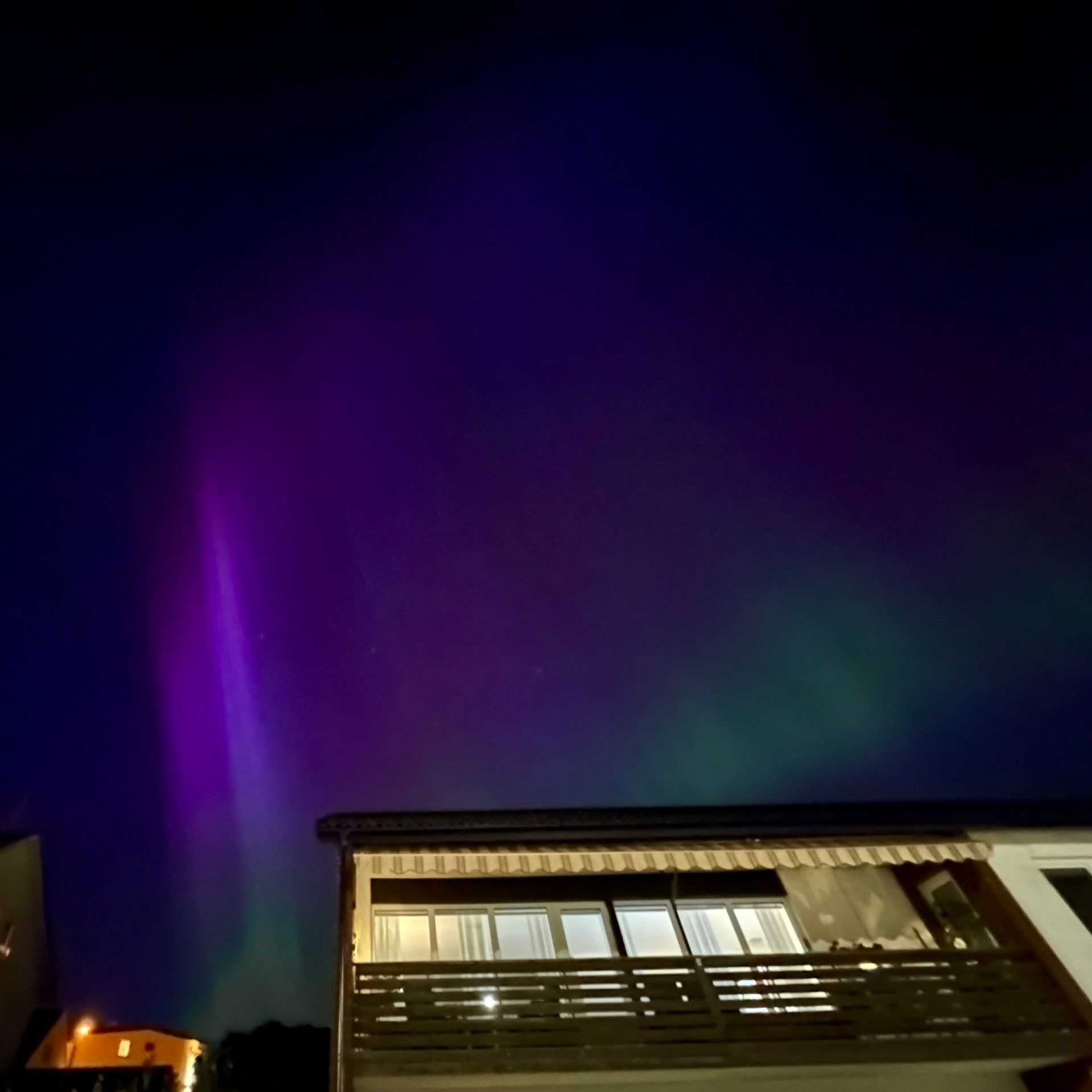
Written by Ravindu
31 Oct 2024
Sweden is one of those rare places where the Northern Lights (or aurora borealis, if you’re feeling fancy) sometimes grace the skies, drawing people from around the globe to experience the magic. Most people must go pretty far north to catch a glimpse of the elusive lights, but every so often, the auroras surprise us by appearing further south. When they do, it’s a treat for anyone lucky enough to catch them!
As a student here in Sweden, I knew I’d have the chance to see this incredible phenomenon, though I didn’t expect it to happen so soon. Just three weeks after arriving, I got my first look at the Northern Lights—and here’s how it all happened.
A Quiet Night, Interrupted
It was 21:01 on Thursday, September 12th, a night I had planned to spend doing nothing but maybe watching Netflix. Sweden still felt like an adventure waiting to unfold, and here I was settling in for a quiet night—until my phone buzzed. A friend from Gothenburg sent me a Facebook post about northern lights sightings right here in Skövde. She’d texted me about this once before, but I was busy at a university event and missed the chance. This time? Not a chance I was letting it slip by.
I pocketed my phone, grabbed my keys, and called to my roommate, Dinu. “Northern lights in Skövde! Let’s go outside!” We didn’t have much of a plan, so we just headed out into the night, hoping luck was on our side.
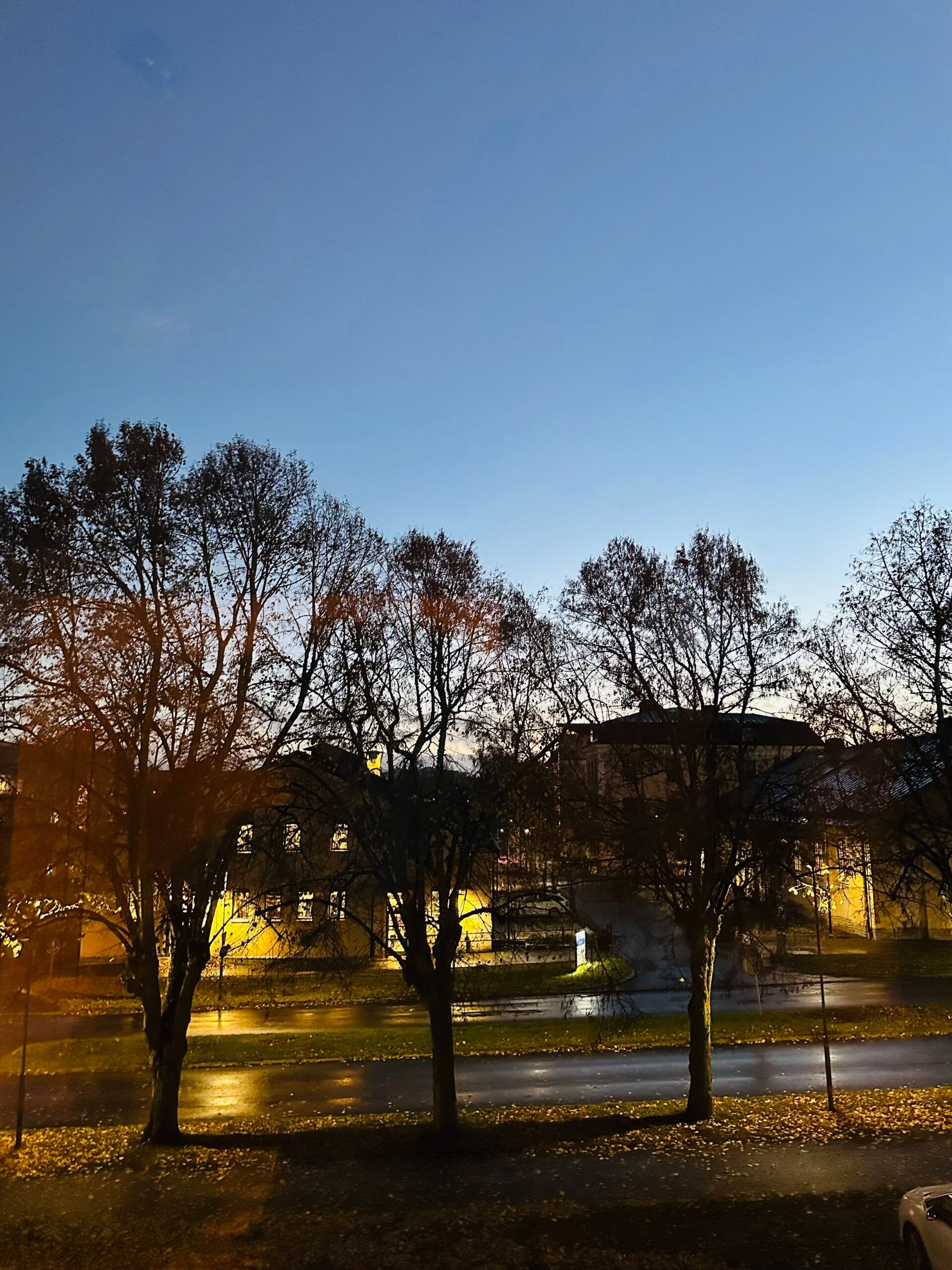
Dodging the City Lights
Outside, we faced an obstacle I hadn’t fully considered—light pollution. Living in the city center meant we were surrounded by streetlights and the constant glow of buildings, all casting an orange haze that washed out the sky. It was nowhere near ideal for aurora sightings, so we decided to head out of the city, further north, where we hoped the darkness would give us a better chance.
Strange Beams and Rising Curiosity
As we walked through the quiet, almost empty residential streets, the only sounds were our footsteps and the hum of our own anticipation. Every few steps, I glanced up, hoping for any sign of color against the dark. And that’s when the first strange sighting appeared—faint white beams stretching high above us, looking suspiciously like the bright stadium lights you’d see at a concert. I squinted, trying to make sense of it, and reasoned they were probably coming from the nearby shopping mall complex. But something about those beams felt different, as if they were hinting at something bigger. We kept walking, my curiosity now fully awake, eager to find out what lay beyond the city lights.
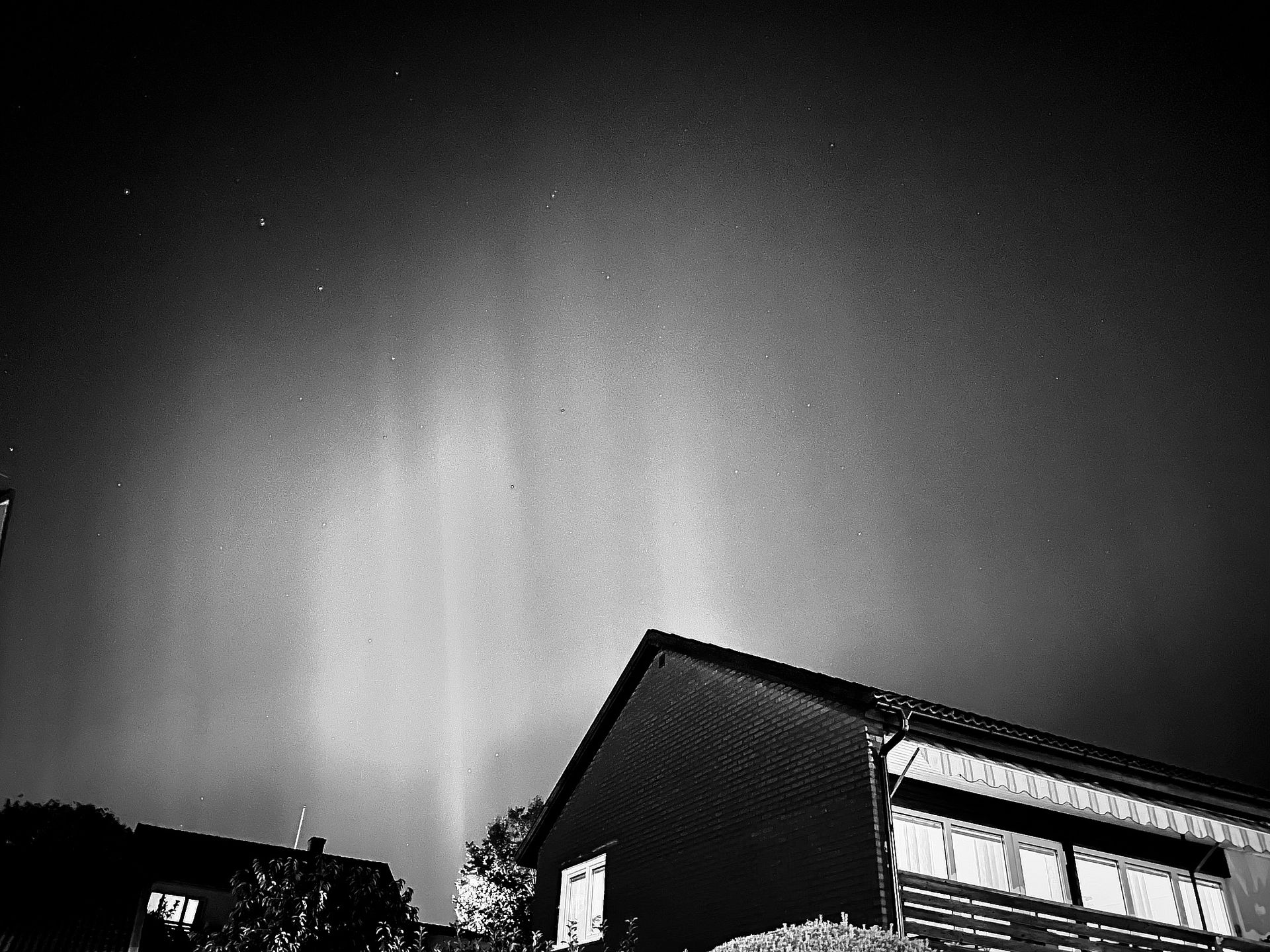
The First Glimpse
Then Dinu said, “I think I see purple in them.” I glanced up, doubting myself, but curiosity got the better of me. I pulled out my phone, held it up to the sky, and snapped a picture. When I looked at the screen, my heart skipped a beat. Faint but unmistakable, there they were—streaks of purple and green, like a subtle watercolor wash across the night sky. My disbelief melted into pure awe as I stared at the screen, and then back at the sky, as if the colors were revealing themselves just for us.
I sent a quick message to one of our neighbors, an exchange student from France who we’d grown close with over the past few weeks: “Northern lights in Skövde! Outside right now!” Two minutes later, I received a call from him, breathless and eager, asking where we were. It was apparent that he had run out of his apartment and was now breathlessly darting towards us. He found his way to us and our company of two grew to three.

Convincing the Doubters
Wanting to share the adrenaline with other new international students from my university, I fired off the photo in our international student WhatsApp group, hoping others could experience the magic we were witnessing.
At first, the responses in the group chat were flat-out skeptical—no one could quite believe the northern lights were visible in Skövde. “Yeah, yeah, sure bro,” one person replied, clearly not convinced. Another chimed in, “Bro, we literally ran out of our room. Not a good joke.” Then someone sent a photo of their student apartment, washed in pink and purple light from a lamp, saying, “Yes, it’s real,” with a laughing emoji. I couldn’t help but laugh myself.
But the disbelief started to get to me, and I felt like I had to plead my case. I took a screenshot of my camera roll, now undeniably filled with faint auroras, and sent it as proof. “I swear, it’s really them!” I typed, laughing at how surreal the whole situation felt. Finally, a few minutes later, another person managed to capture a shot and sent it to the group, and the excitement finally started to take over the chat.
The second those images appeared, I let out a sigh of relief, like I’d just proven an impossible claim. “Felt like I was trying to start a religion,” I typed, humorously. More reactions flooded in, excitement growing as people started to believe and others headed out with their cameras. Soon, the group chat was buzzing with photos, each shot a bit brighter and clearer than the last.
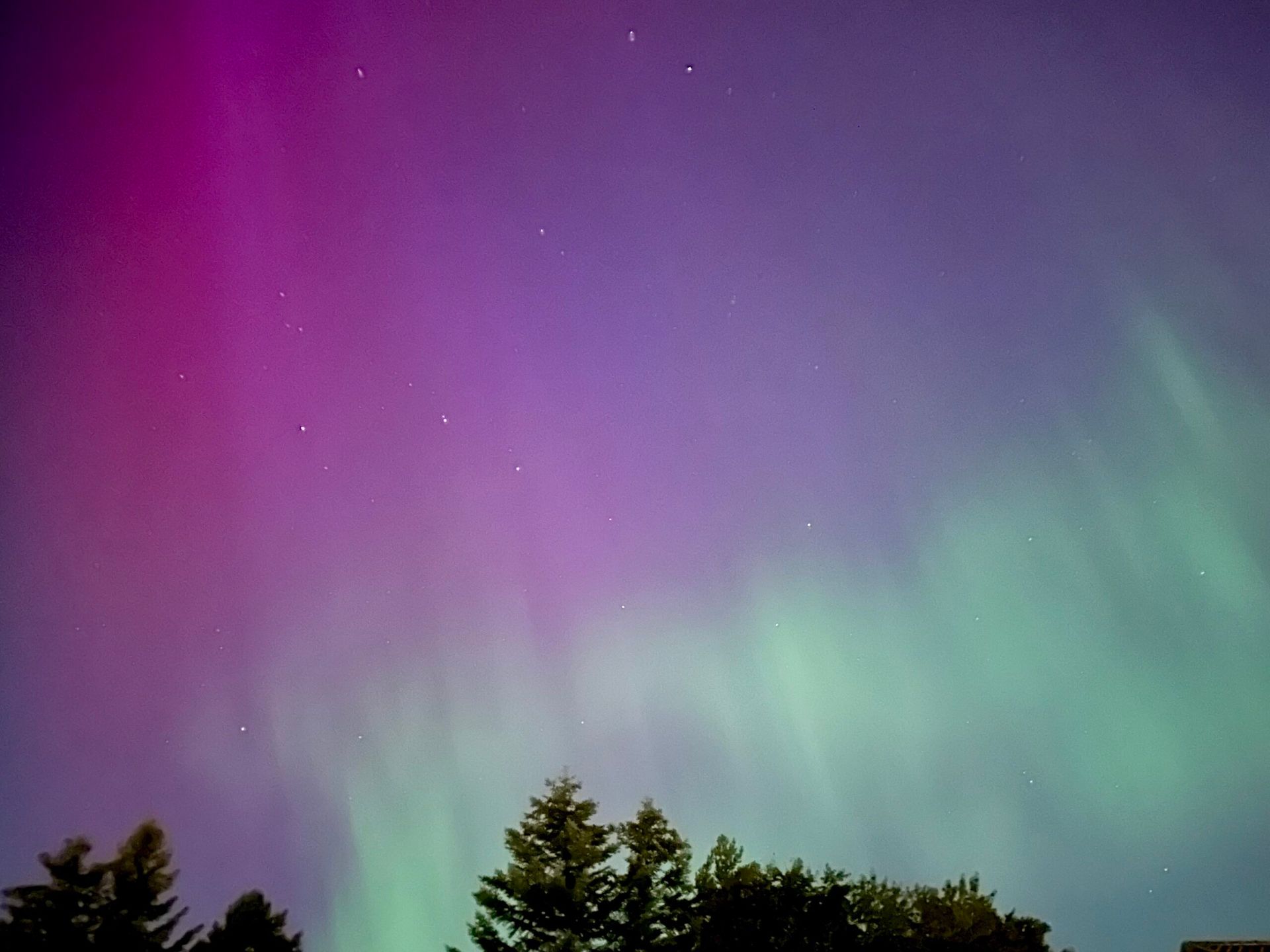
Saying Goodbye to a Magical Night
The show didn’t last long—maybe 25 minutes, though it felt like an hour. I hadn’t thought much about dressing for the weather when I dashed out of my apartment, so my clothes weren’t exactly the most insulating for a chilly 7°C night. The cold was definitely starting to sink in, but the awe kept me going. As we wandered, more people joined our little group; what started as a trio became a lively group of six, all of us craning our necks and scanning the sky.
Even after the lights started to fade and disappear, we continued to wander aimlessly, unwilling to leave the magic behind. Eventually, with satisfied smiles and freezing hands, we made our way back home, already sharing stories and laughing about the night’s excitement.
The Science Behind the Northern Lights
The Northern Lights, or auroras, are Earth’s ultimate natural light show, created by a fascinating interplay between the sun’s energy and our planet’s atmosphere. Auroras occur when charged particles from the sun, carried by the solar wind, collide with gases like oxygen and nitrogen in our atmosphere. When these particles interact with Earth’s magnetic field near the poles, they create shimmering, colorful displays that light up the night sky.
The aurora colors come from specific gases and altitudes. Green, the most common aurora color, results from oxygen molecules around 60 miles (96 kilometers) up. Sometimes, though, if nitrogen is involved or if the interaction occurs at higher altitudes, you’ll also see reds and purples. High-altitude oxygen—up to 200 miles above the Earth—can produce a deep red aurora, while nitrogen interactions create purples and pinks, adding extra vibrancy to the display.
Auroras usually stay close to the poles, visible primarily in northern locations like the Arctic Circle. But during times of intense solar activity, like solar storms, auroras can extend much farther south, occasionally reaching unexpected places like Skövde, offering a rare treat for viewers in these regions. Solar activity goes through an approximately 11-year cycle, and during peak solar conditions, or “solar maximum,” auroras are brighter and visible further from the poles.
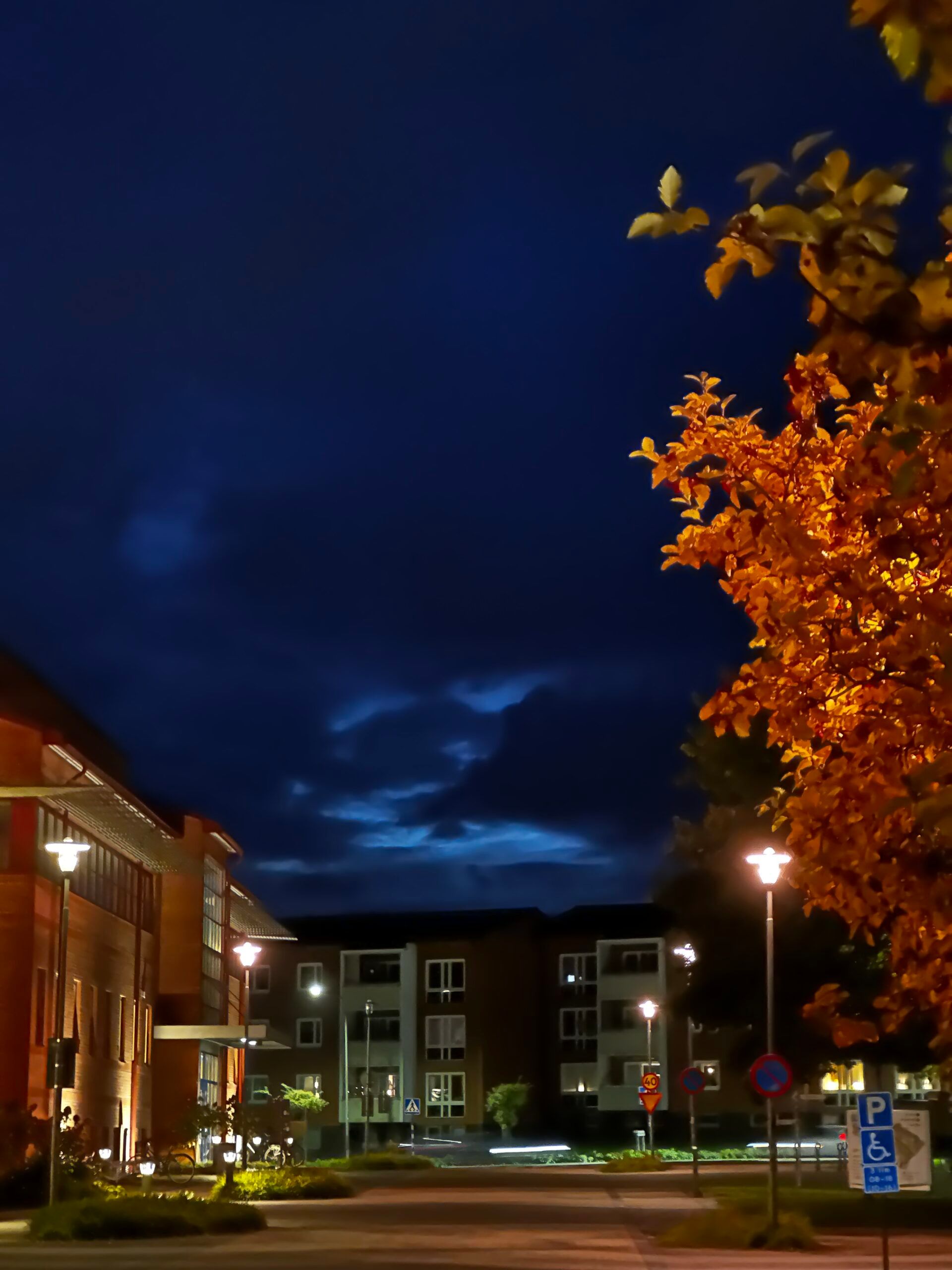
Best Places to See the Northern Lights in Sweden
If you’re up for a little adventure to witness the northern lights in their full glory, the northern regions of Sweden are where you want to go. Kiruna and Abisko are famous for their clear skies and low light pollution, offering some of the best aurora-spotting opportunities. In fact, Abisko is known for its “blue hole,” a unique weather phenomenon that keeps the skies clear over the lake, making it one of the top spots for aurora viewing.
Getting there is an adventure of its own. From Stockholm, you can take a direct flight to Kiruna, which takes about an hour and a half, or if you’re up for a unique experience, the 15-hour overnight train is a great option and lets you wake up in the north. Once you reach Kiruna, it’s only a short drive to Abisko, where the auroras frequently put on a spectacular show.
I haven’t made it up there myself yet, but it’s absolutely on my to-do list while I’m in Sweden!
Annamaria has put together a stellar guide on Hunting for Northern lights! Check it out!
Apps for Chasing the Northern Lights
If you’re serious about catching the northern lights (or even if you’re just hoping to get lucky like I did), apps can be a game changer. The one I use, Aurora, is simple and sends notifications whenever there’s a good chance of seeing the lights nearby. It’s like having a personal aurora scout in your pocket! Apps like this track solar activity and offer alerts, so you don’t miss out on the magic if it happens nearby.
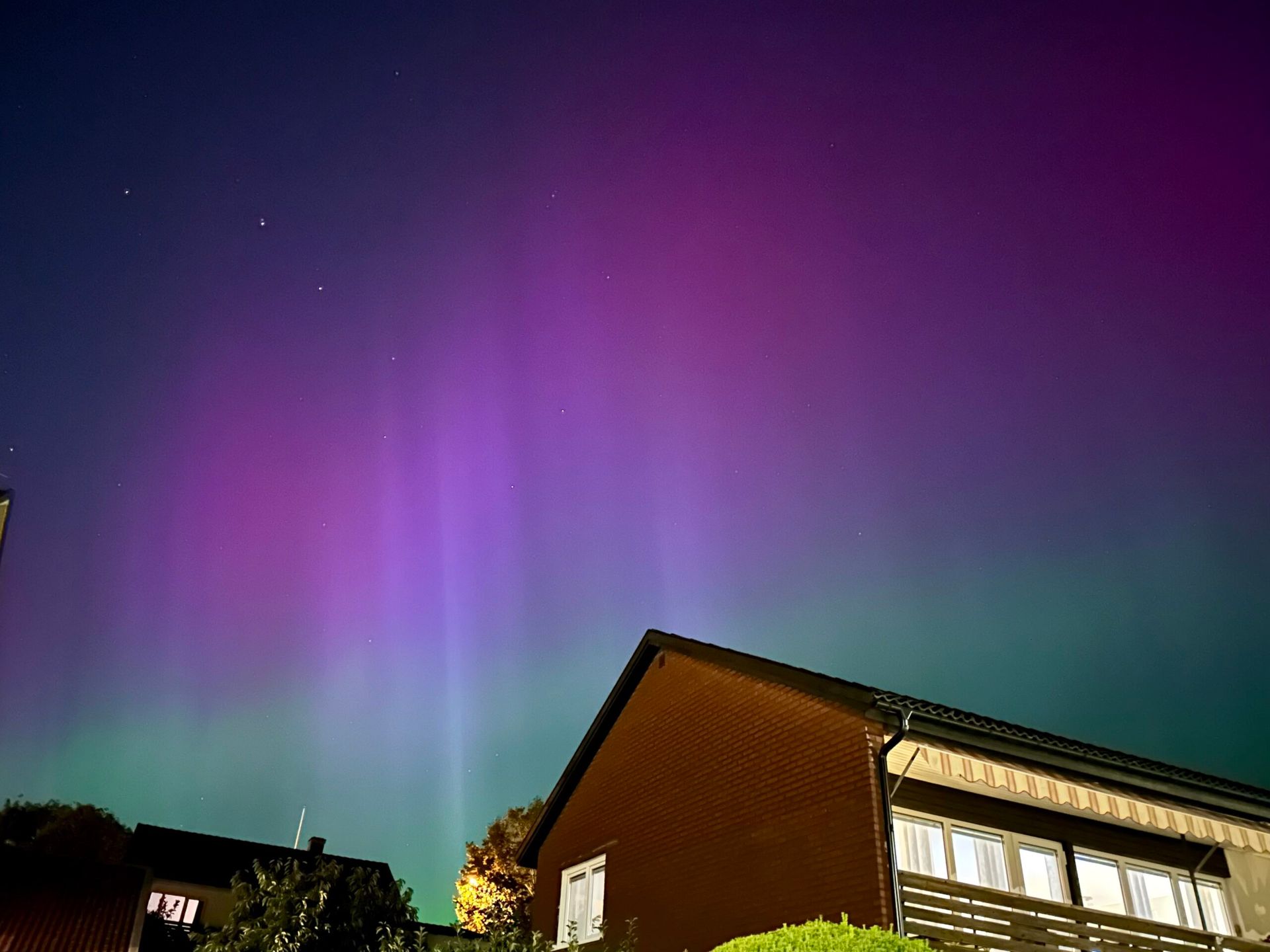
In Conclusion…
Seeing the Northern Lights was something I’d dreamed of, but I never thought I’d get lucky enough to witness them so soon—and right outside my door in Skövde, no less. This fleeting but incredible experience is one of those reminders that magic can be hidden in the most ordinary places, waiting for the right moment to reveal itself. So if you ever find yourself with an opportunity to chase the auroras, wherever you may be, take it.
